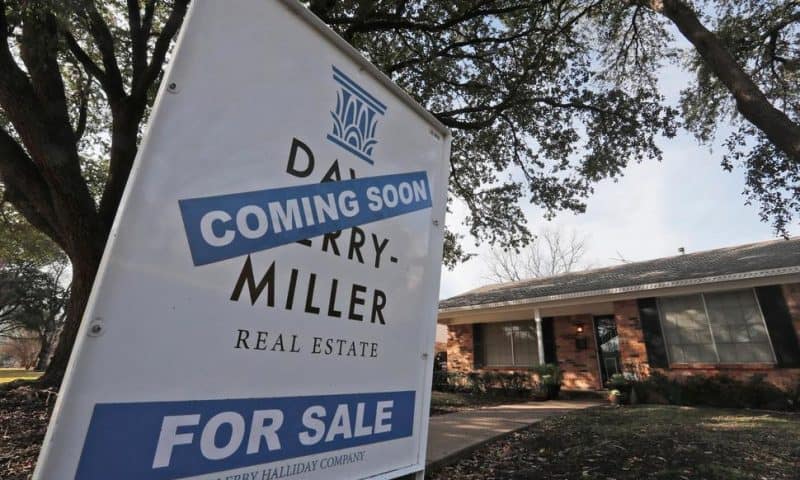Sales of US existing homes down 4.9% in March to mark slow start to spring-home-buying season.
WASHINGTON — Sales of existing U.S. homes fell in March after a huge gain the previous month, held back partly by a sharp slowdown among the most expensive properties.
The National Association of Realtors said Monday that home sales fell 4.9% to a seasonally adjusted annual rate of 5.21 million, down from 5.48 million in February. The drop followed an 11.2% gain the previous month, the largest in more than three years.
Home sales are struggling to rebound after slumping in the second half of last year, when a jump in mortgage rates to nearly 5% discouraged many would-be buyers. Spring buying is so far running behind last year’s healthy gains: Sales were 5.4% below where they were a year earlier.
Most analysts expect sales to rebound in the coming months. Borrowing costs have since fallen back to an average of 4.2% on a 30-year fixed mortgage. And solid hiring is pushing employers to pay higher wages, making it easier for more Americans to afford a home purchase.
Applications for mortgages to purchase homes have been running at a healthy pace in recent months, evidence that final sales should pick up in the coming months. Demand remains strong, with homes on the market for an average of 36 days in March, down from 44 in February.
“We look for a combination of strong demand and lower mortgage rates to support modest growth in sales over the balance of the year,” said Nancy Vanden Houten, senior U.S. economist at Oxford Economics.
Still, a split in the market has emerged, thanks partly to the Trump administration’s tax cut law. Sales increased slightly among mid-priced homes but fell sharply among homes priced at $1 million or more.
Lawrence Yun, chief economist at the NAR, said that the tax changes have limited the ability of wealthier homeowners to deduct mortgage interest payments and property taxes. That’s discouraging sales of more expensive homes.
Developers have built more expensive homes in recent years while pulling back from cheaper properties, even as middle-income Americans are eager to buy.
“The lower-end market is hot while the upper-end market is not,” Yun said.
Properties valued at $100,000 or less, mostly condos, also saw a sharp drop in sales, though that reflects a lack of available homes at that price point. The slowdown among higher-priced homes has occurred because of weaker demand.
Sales fell in all four major U.S. regions, with the biggest decline occurring in the Midwest. That may have partly reflected the impact of massive flooding in Iowa, Missouri and Nebraska last month.
The broader U.S. economy is looking much better now than it did a couple of months ago, when the government shutdown, slumping retail sales and slower global growth threatened to drag down the U.S. economy.
Earlier this year, economists forecast growth could fall to as low as 0.5% at an annual rate in the first three months of the year. Now, analysts expect the government on Friday could report growth as high as 2.8%.

